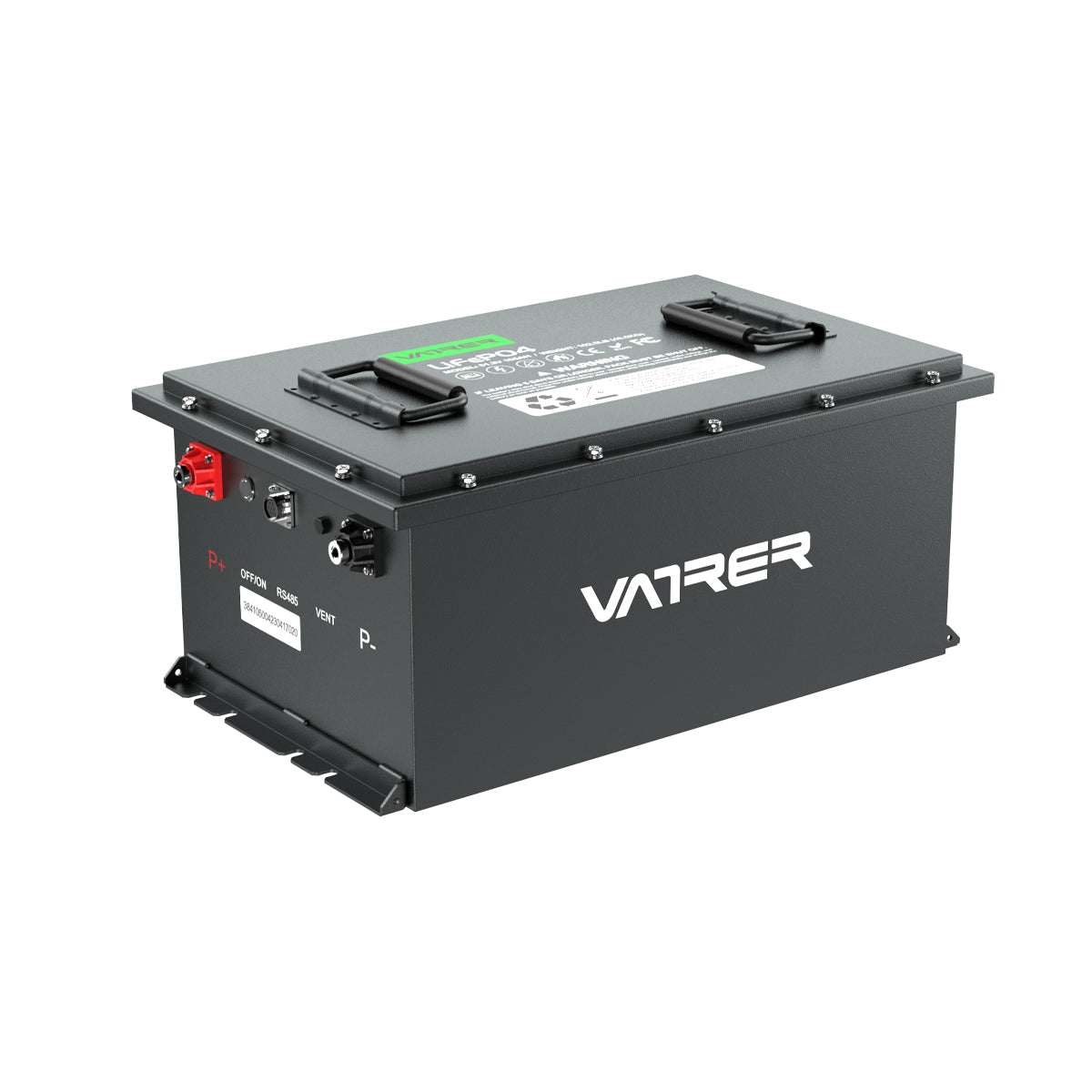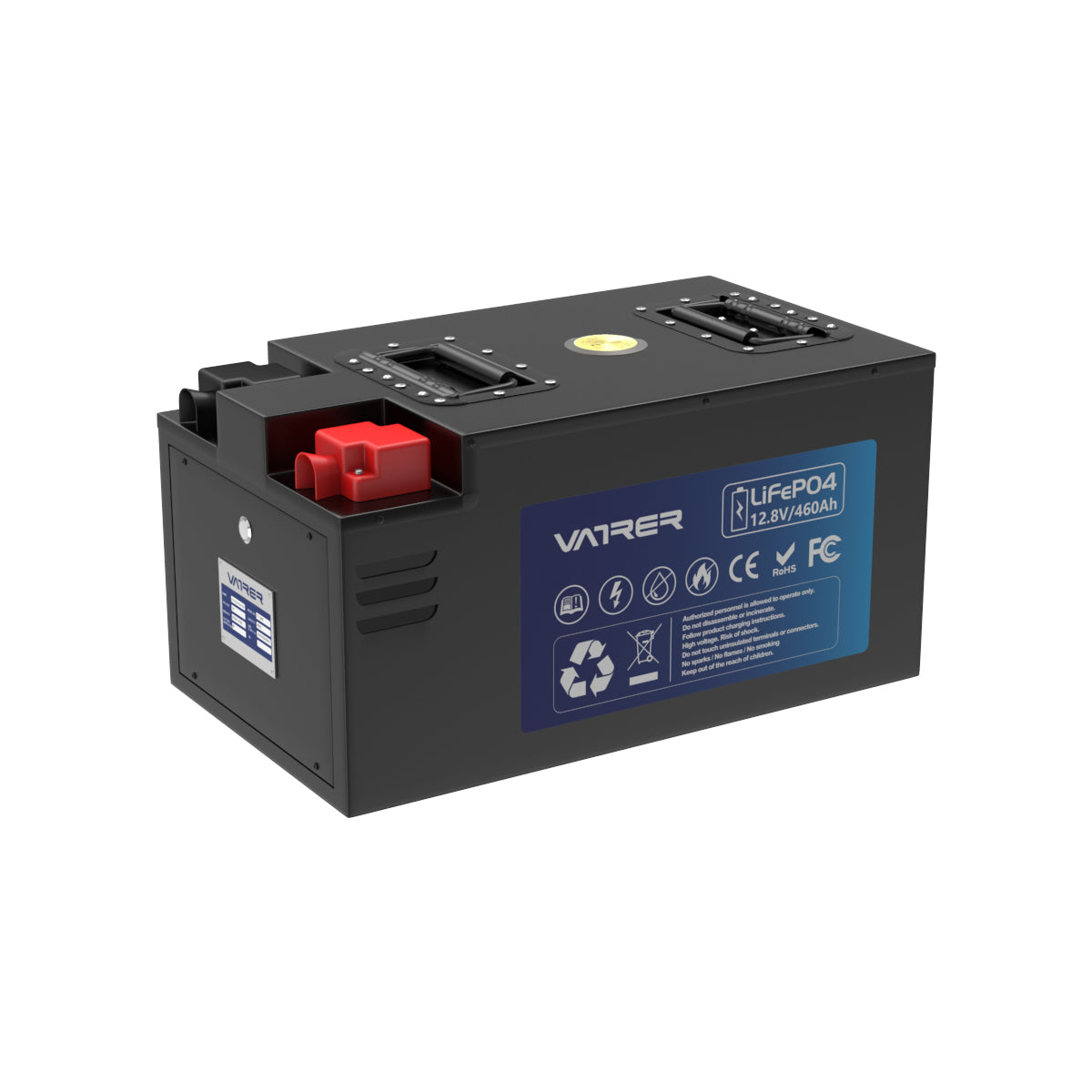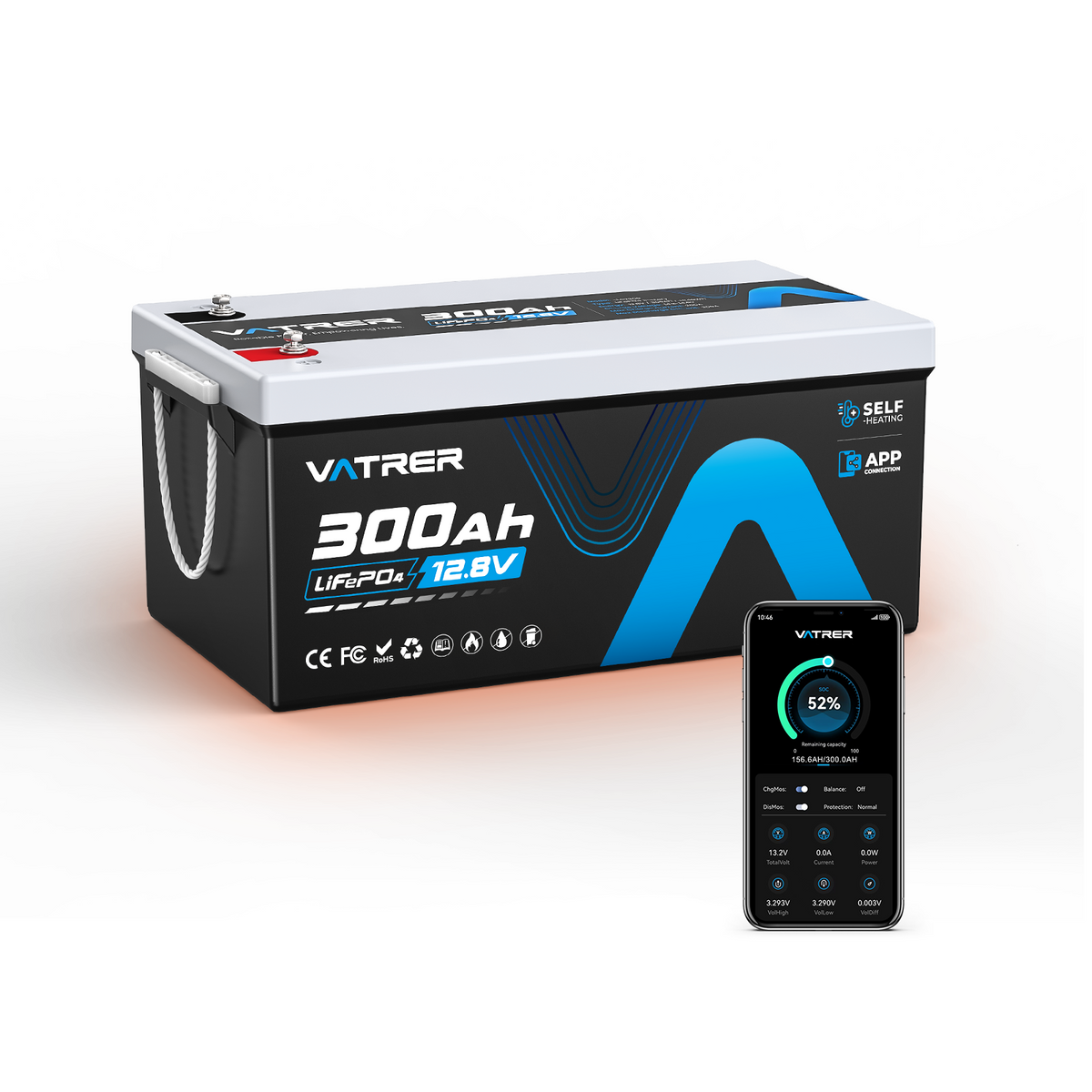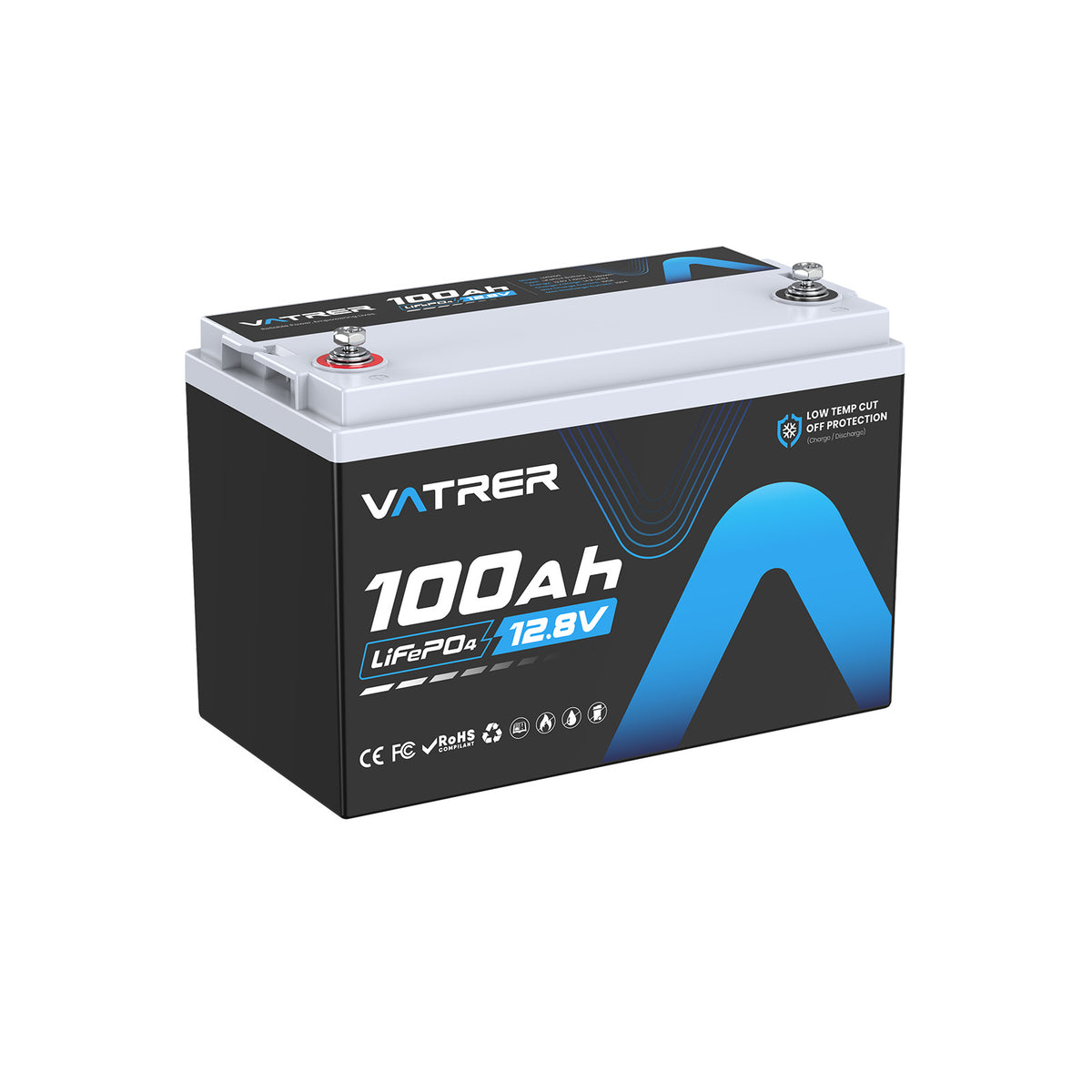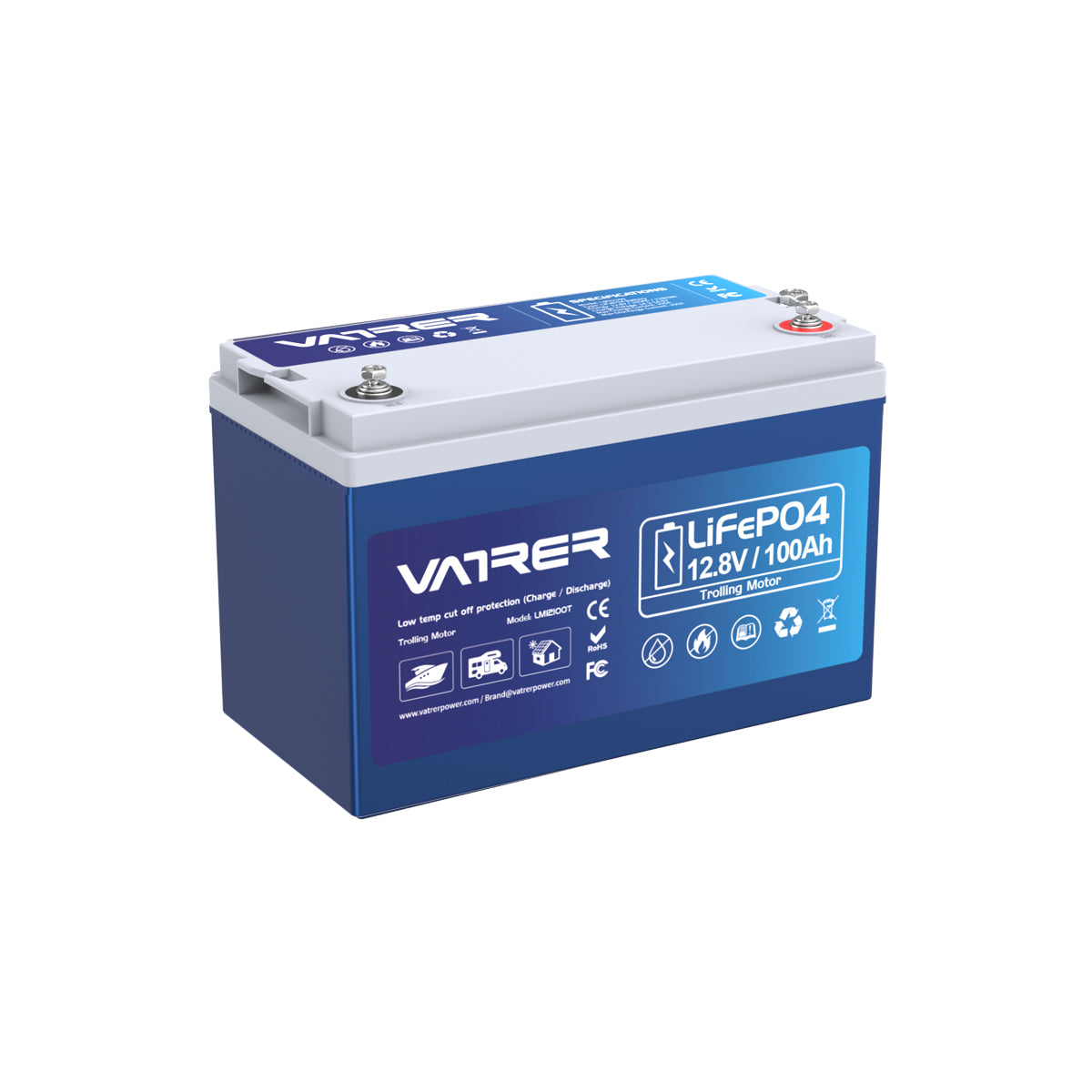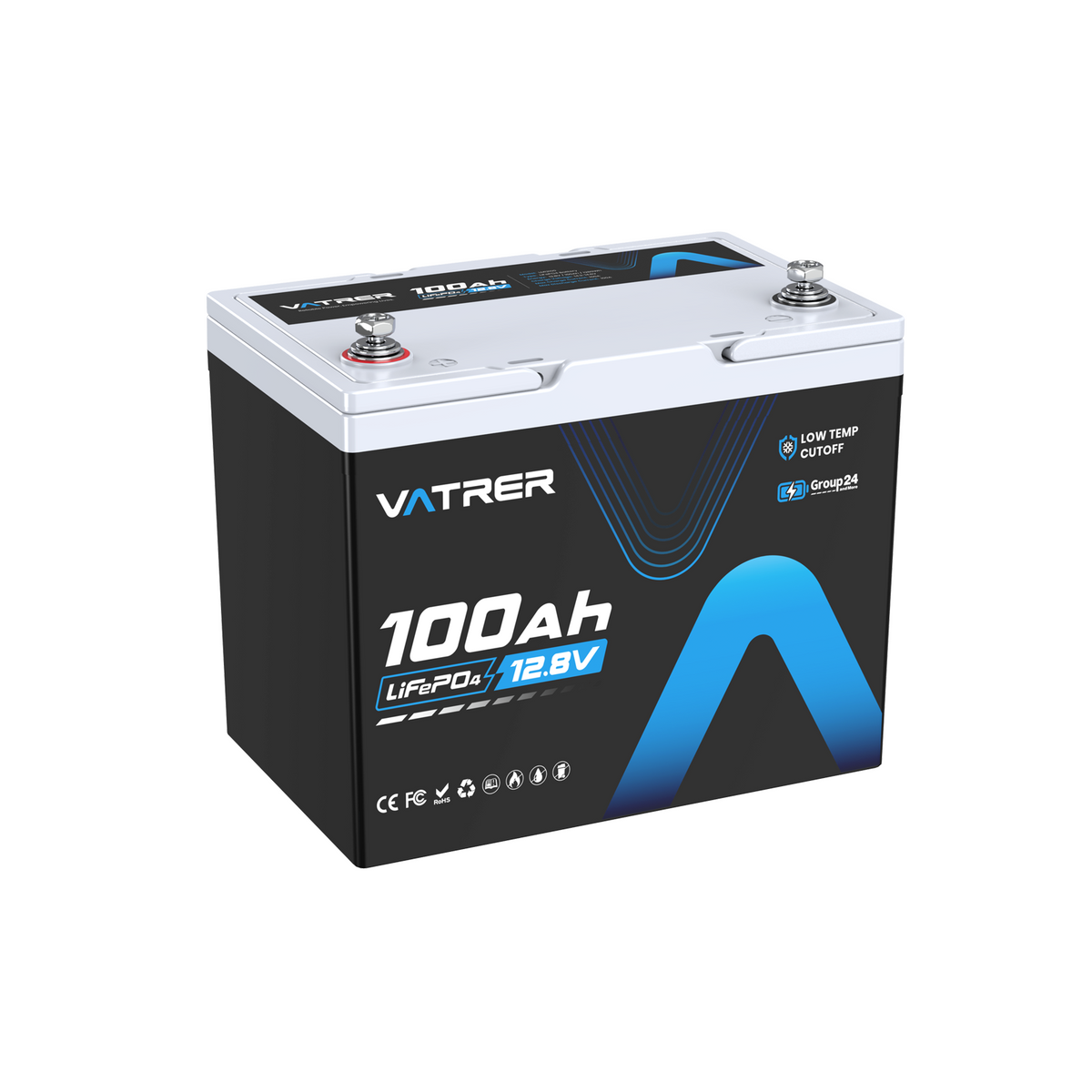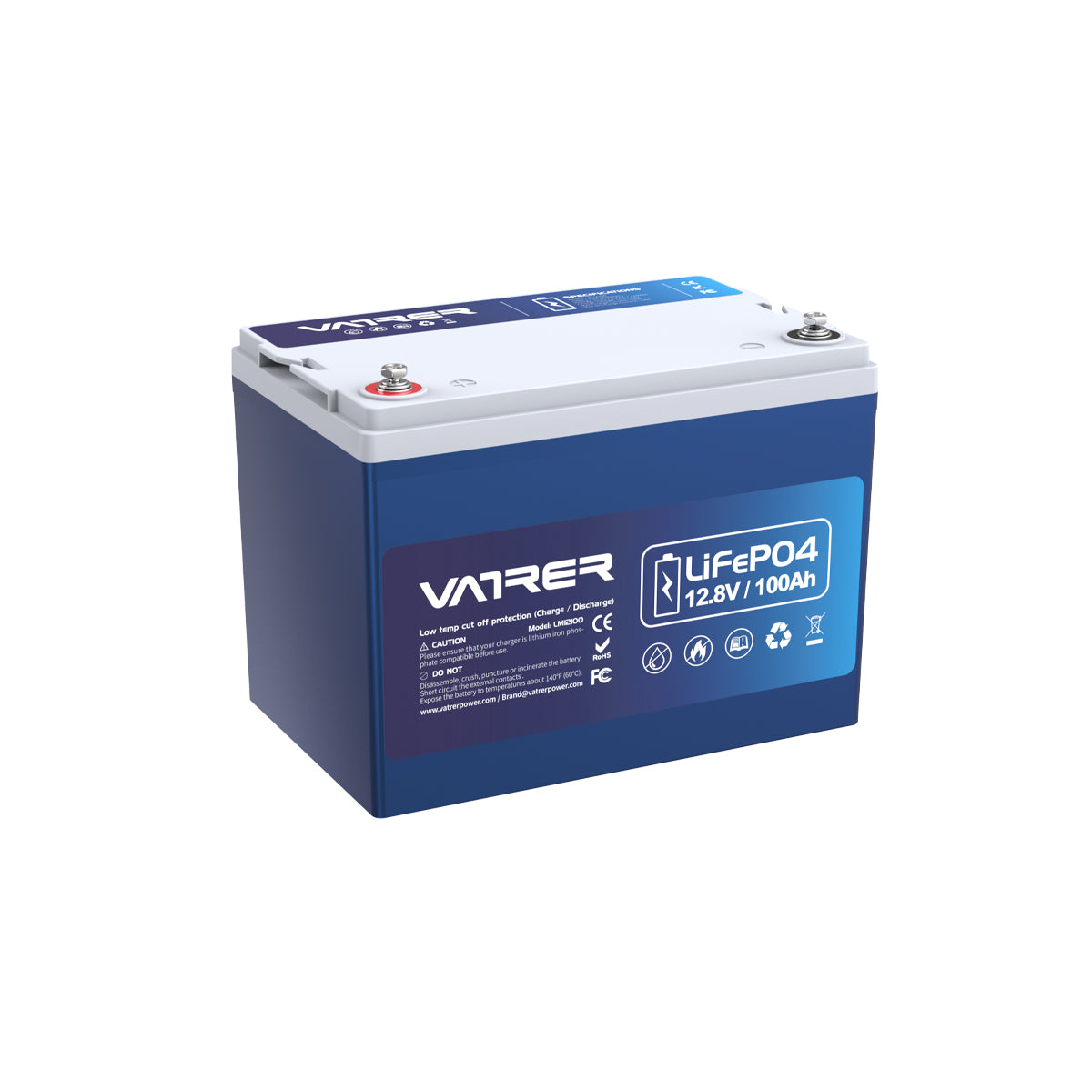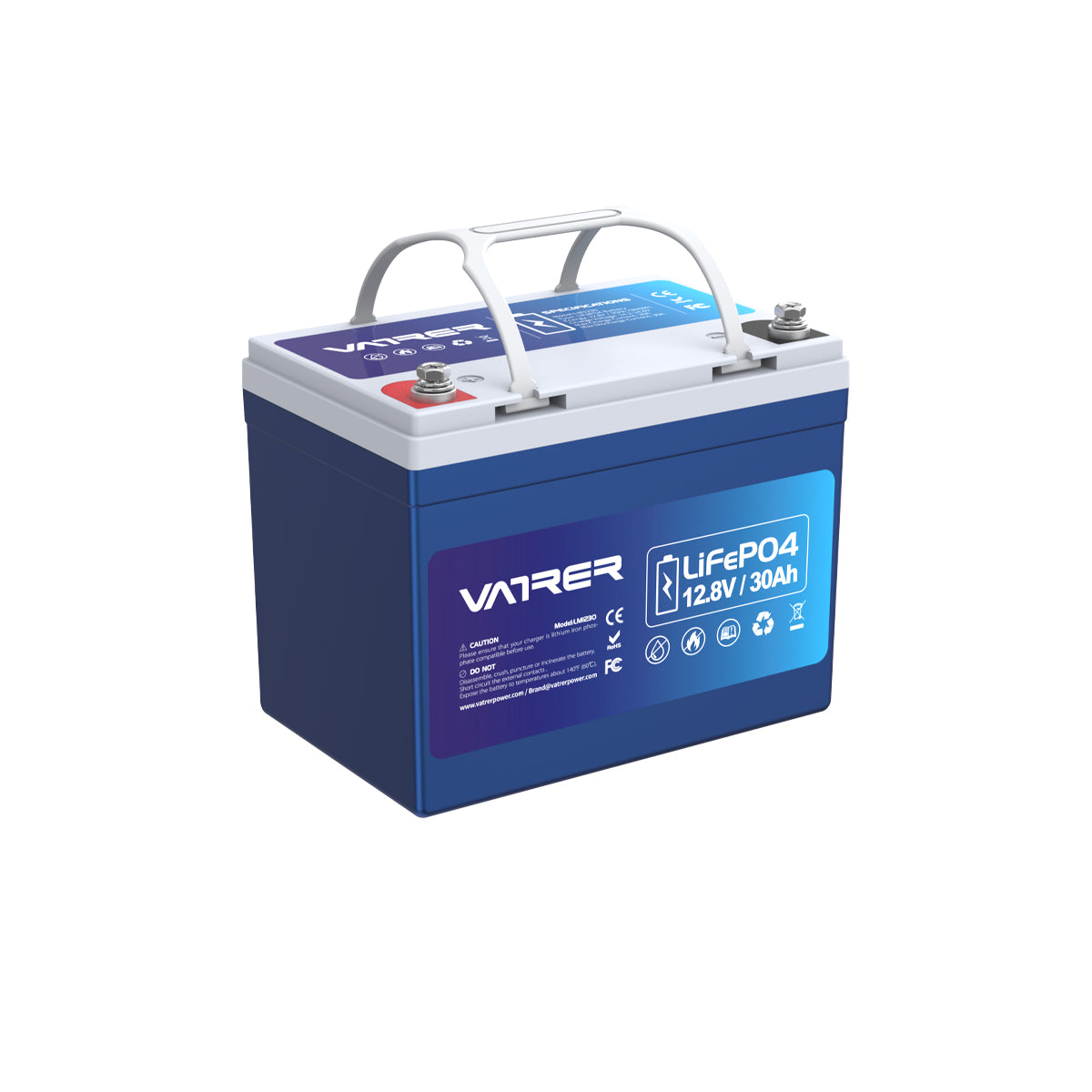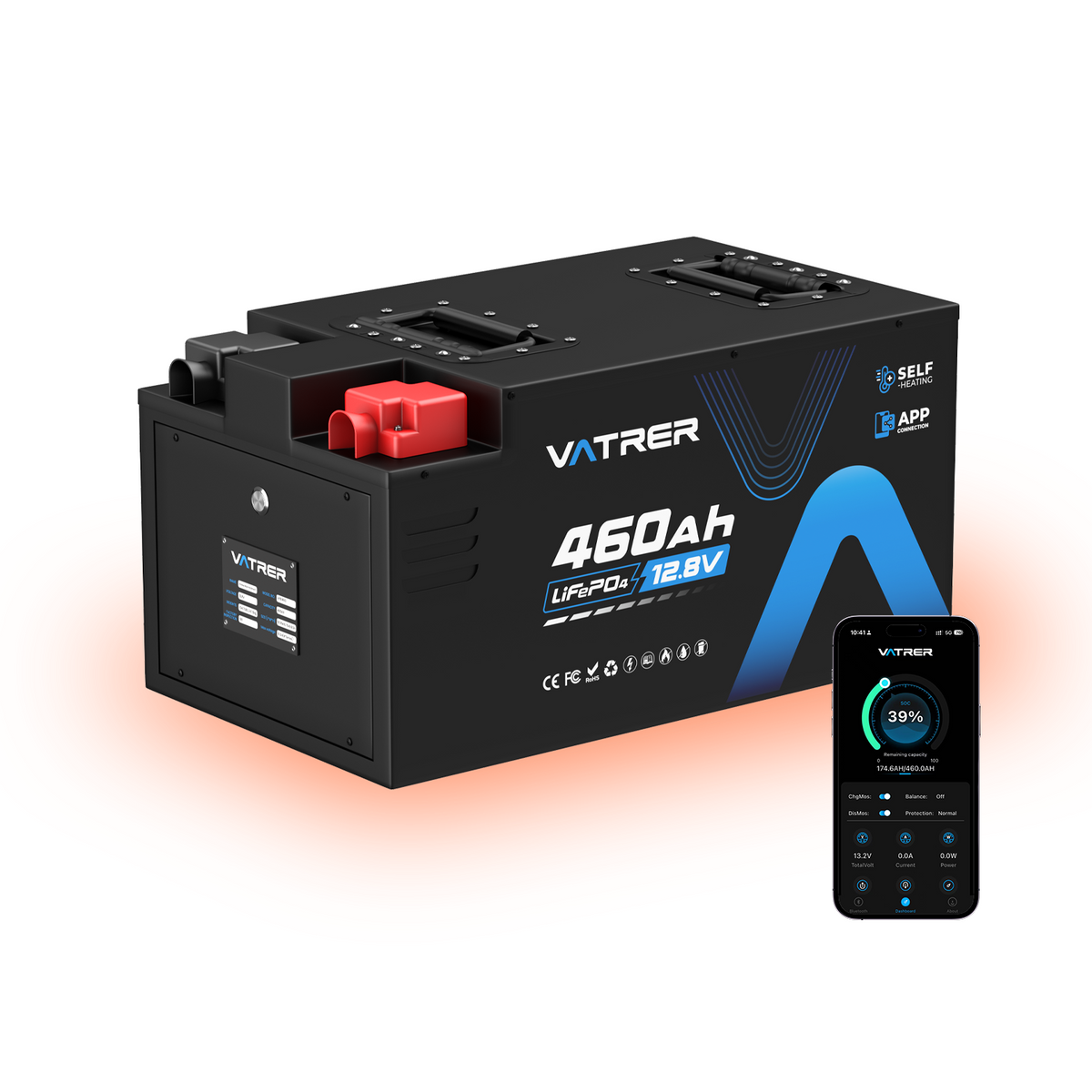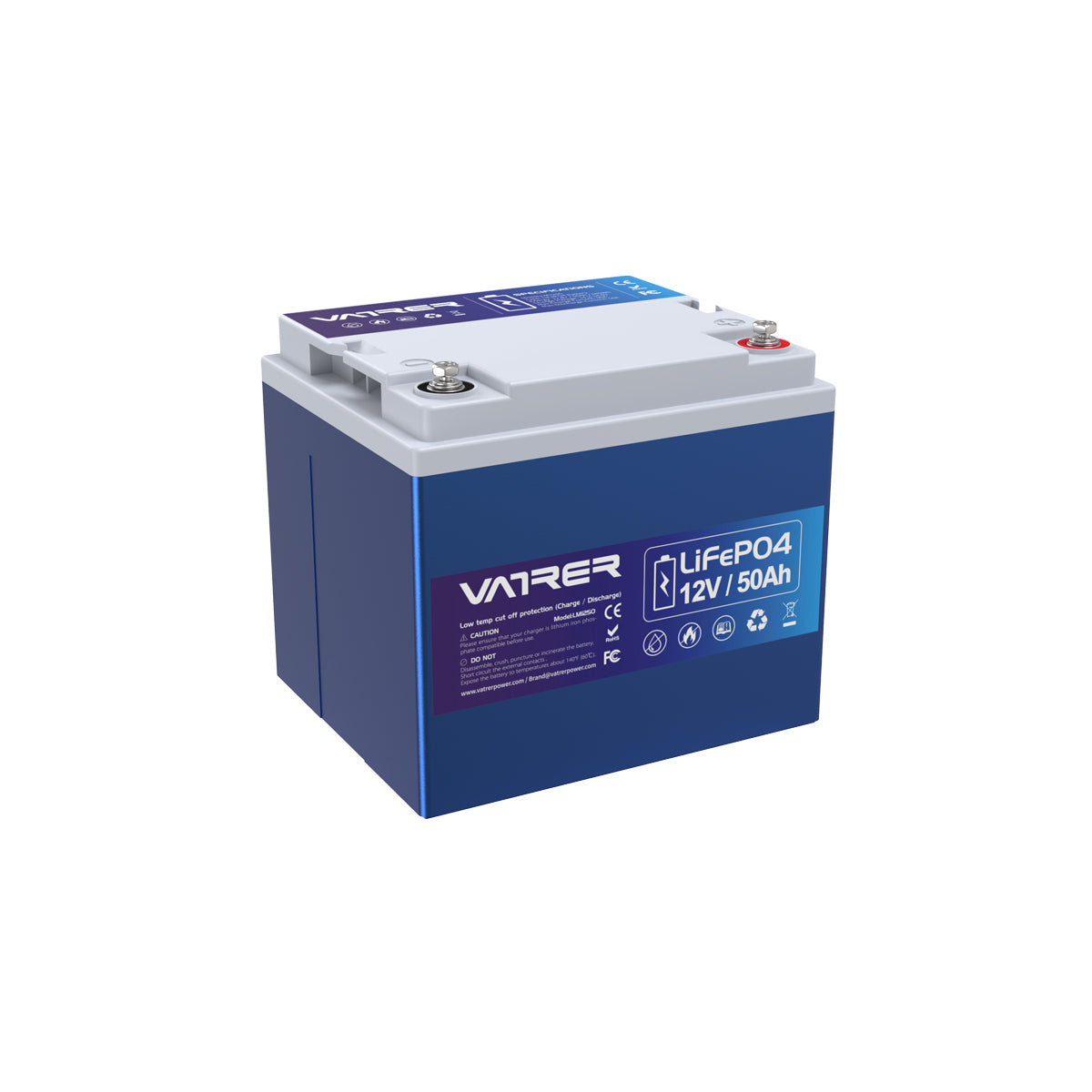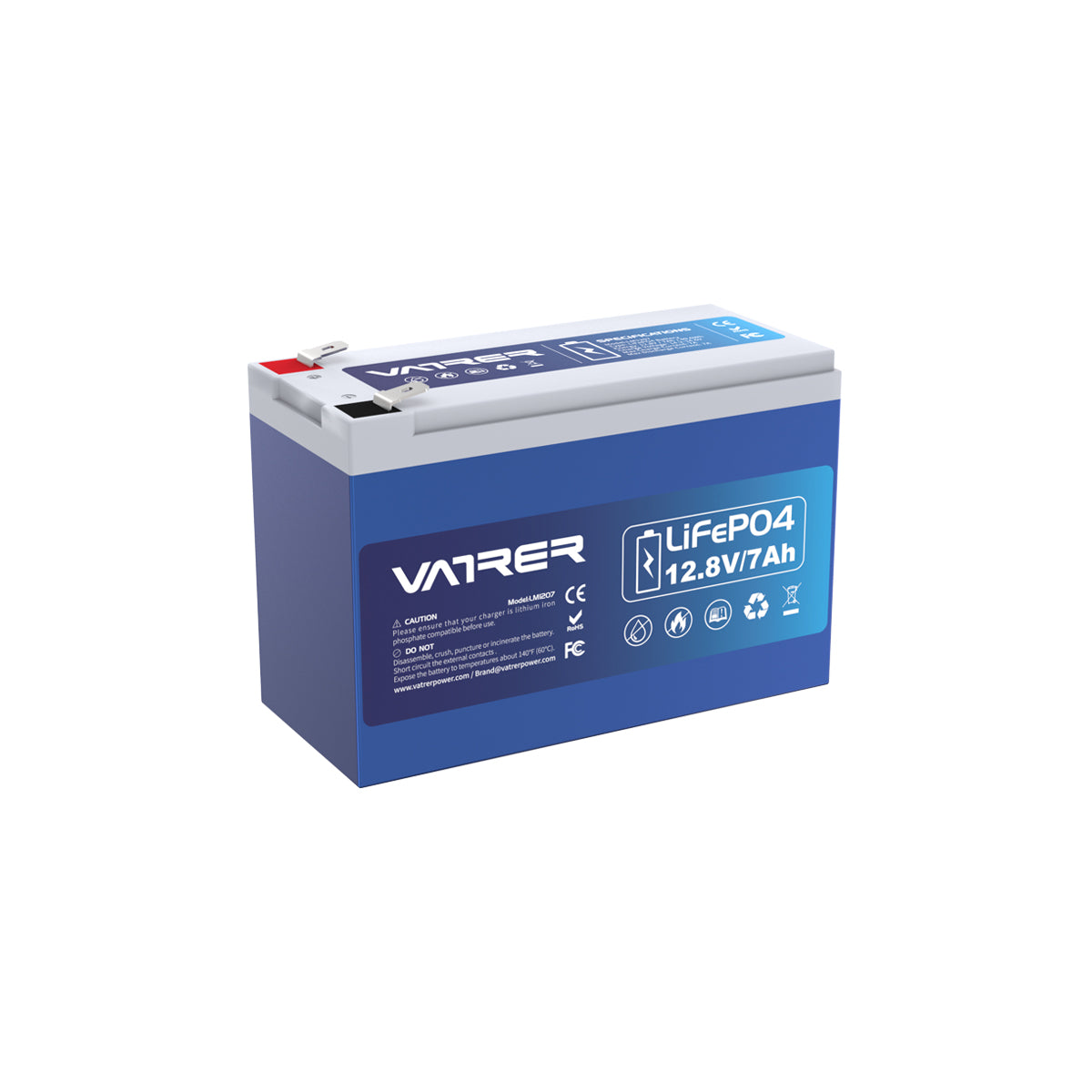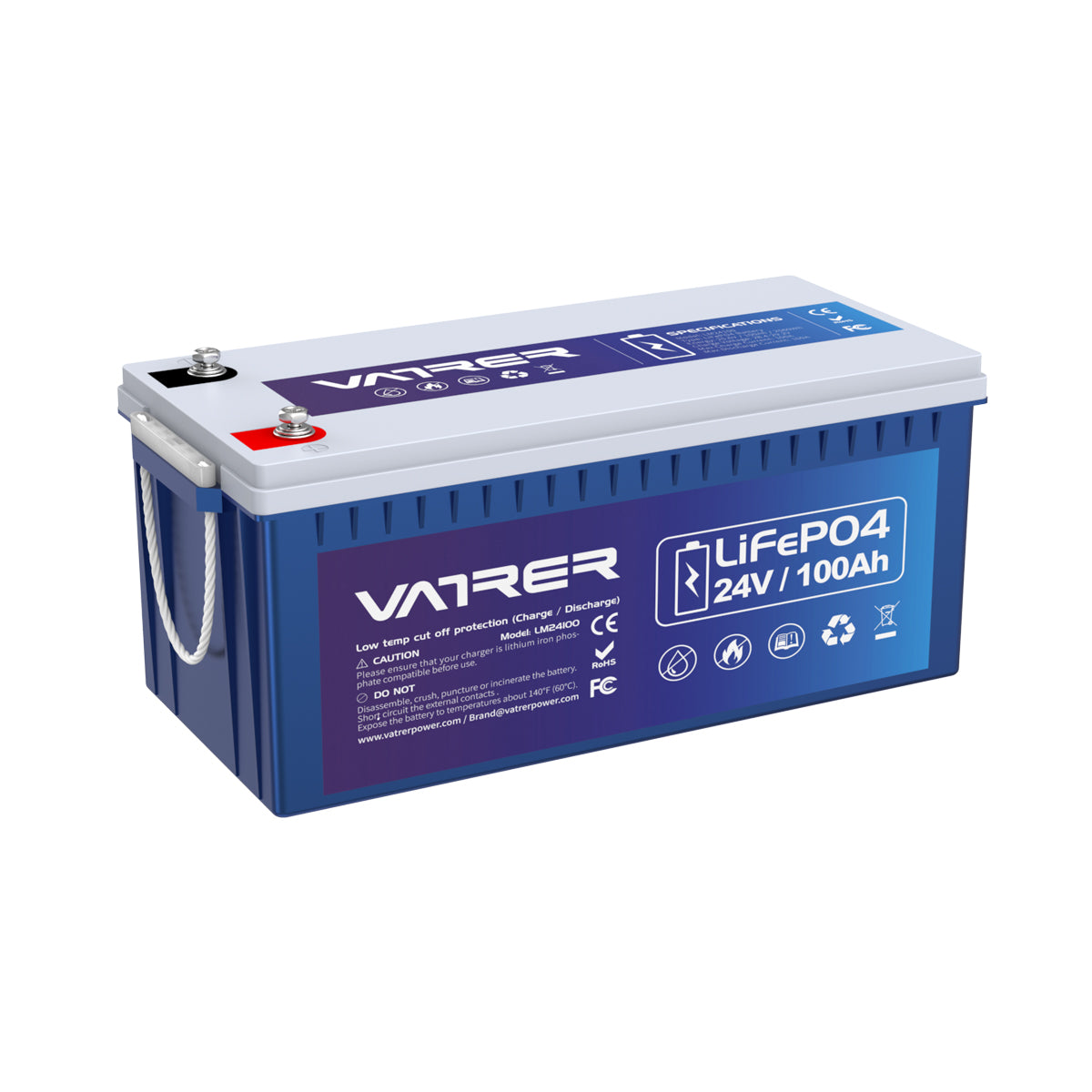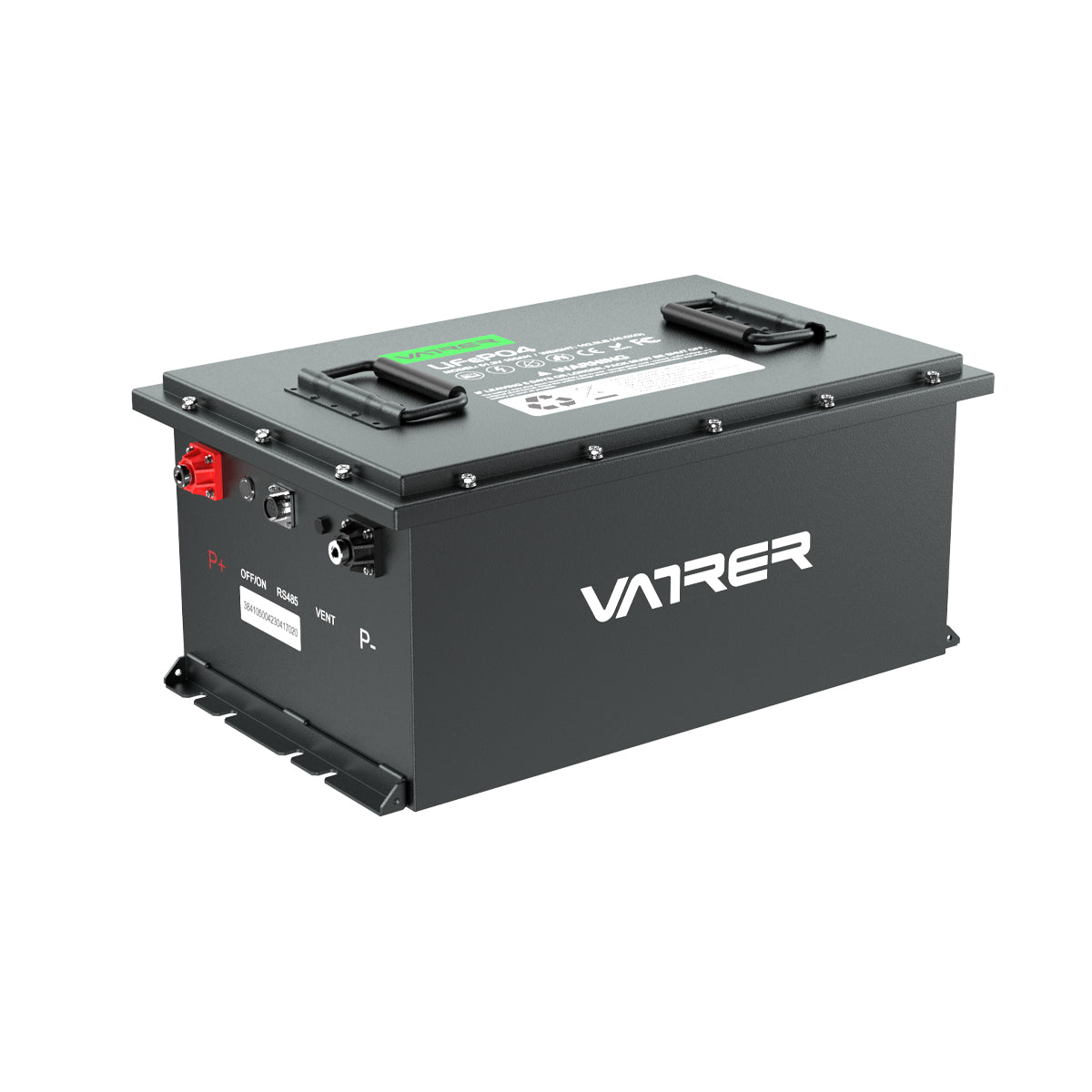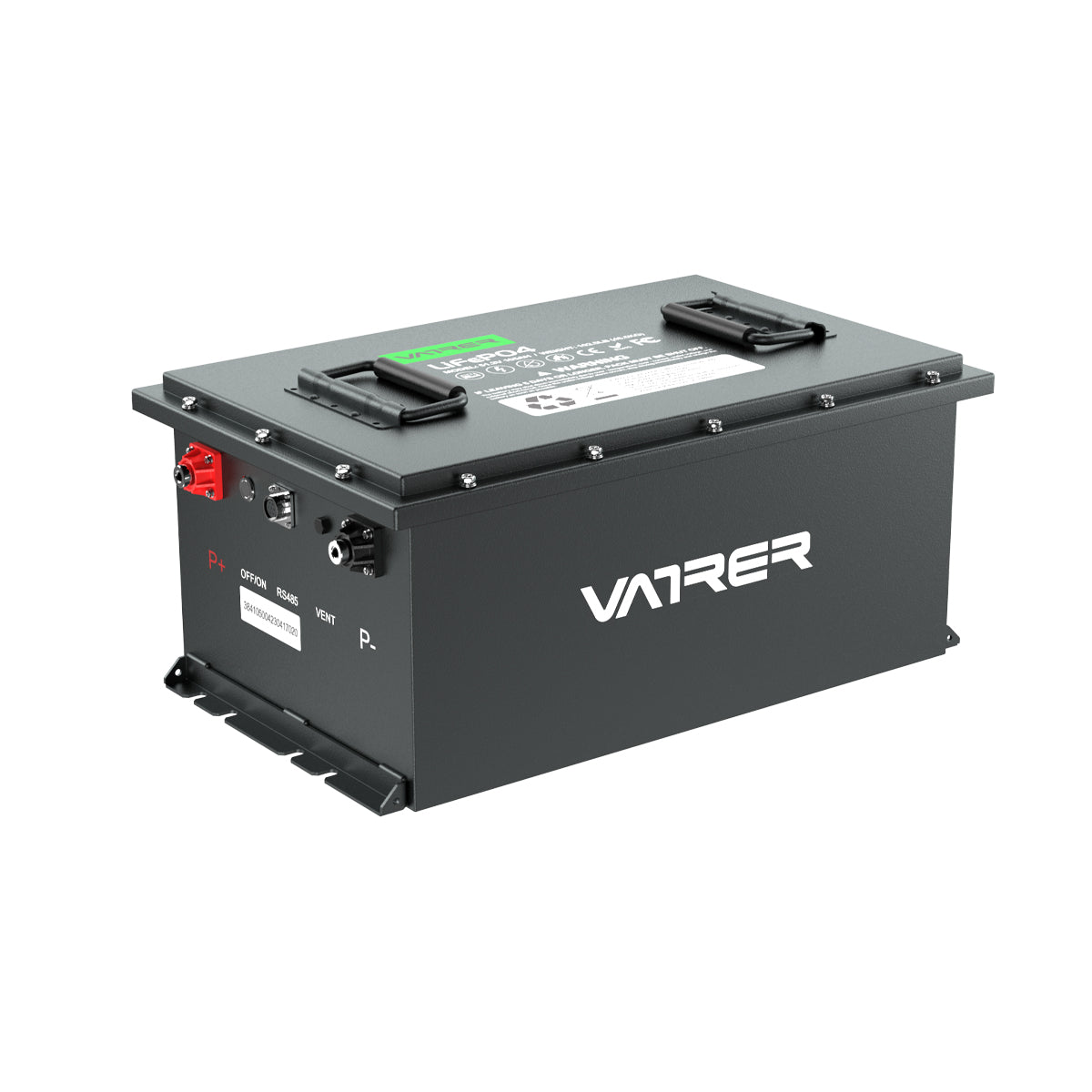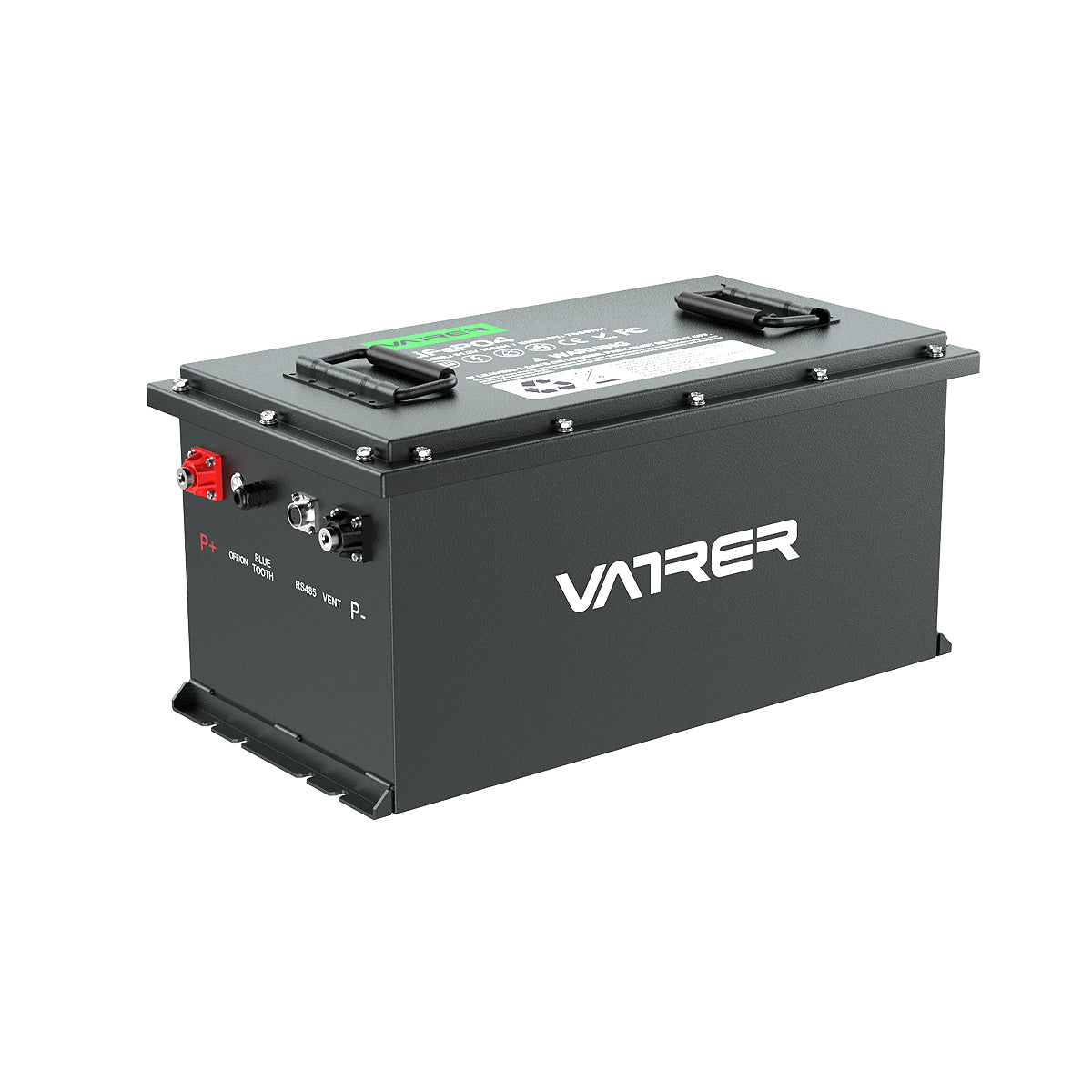Golf carts are a staple on golf courses, and increasingly, they are used in various communities for easy and eco-friendly transportation. One of the critical components that ensure the proper functioning of a golf cart is its battery system. Traditionally, many golf carts are equipped with 6 6-volt batteries, but some users might wonder if they can substitute these with 3 12-volt batteries. In this blog post, we'll explore whether this substitution is possible and what implications it might have for the performance and longevity of your golf cart.

Battery Basics: Voltage vs. Capacity
First, it's essential to understand some basics about batteries. The total voltage of the battery system in golf carts is typically 36 volts. This can be achieved by wiring six 6-volt batteries in series (each battery adds its voltage to the next) or by using three 12-volt batteries in series. While both configurations achieve the same total voltage, the performance and longevity implications can differ significantly.
Capacity and Battery Life
The capacity of a battery, measured in ampere-hours (Ah), indicates how much charge the battery can store and, consequently, how long it can power the golf cart before needing a recharge. Typically, 6-volt batteries used in golf carts have higher ampere-hour ratings than 12-volt batteries of similar size. This means that while you can achieve the required 36 volts with either set of batteries, the total capacity available with six 6-volt batteries is usually higher than that of three 12-volt batteries.
Higher capacity generally translates into longer runtimes on a single charge and can also impact the overall lifespan of the battery setup. Batteries that are less frequently discharged deeply (i.e., using a smaller percentage of their total capacity) often last longer.
Performance
The performance of a golf cart is not only influenced by the voltage of the batteries but also by their ability to deliver consistent power under load. Golf carts with a higher total battery capacity (more ampere-hours) will generally perform better in high-demand situations and provide more stable power output over the range of the charge.
Cost and Maintenance
Switching from six 6-volt batteries to three 12-volt batteries may seem appealing from a maintenance perspective—fewer batteries could imply less maintenance. However, this is not always the case. The lifespan of lower-capacity batteries can be shorter, leading to more frequent replacements. Additionally, the initial cost might be lower, but the cost over time could be higher due to the need for more frequent replacements.
Environmental Considerations
Using batteries with a longer service life contributes to environmental sustainability by reducing waste and the frequency of manufacturing replacement batteries. Thus, choosing a battery setup that maximizes lifespan is beneficial not only from a cost standpoint but also for environmental reasons.
Conclusion
While it is technically feasible to use three 12-volt batteries instead of six 6-volt batteries in a golf cart, the latter often provides better performance, greater capacity, and potentially longer overall battery life. Before making any changes to your golf cart’s battery system, it is advisable to consider how these changes will affect performance, maintenance, and cost over time. For most golf cart users, sticking with six 6-volt batteries is recommended unless there are compelling reasons to switch based on specific needs or constraints.
Whatever choice you make, ensure that it aligns with both your performance requirements and your environmental impact considerations. Happy golfing!









